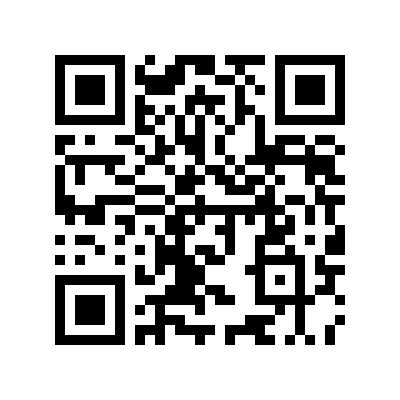Asosiy menyu
Izlash
Eng ko'p ko'rilgan resurslar
TIZIMGA KIRISH
Xozir saytda
 Alimardon Butaboyev Alimjonovich 16.04.2018-13:25:10
Alimardon Butaboyev Alimjonovich 16.04.2018-13:25:10 Uslubiy majmua → Discourse Analysis
|
This methodological manual is designed as a methodological manual in discourse analysis for second year students who learn English as a second language. One of the challenges that both English teachers and students face is teaching and learning critical thinking skills, as opposed to merely assessing for comprehension. Ultimately, texts are understood through a reader’s interpretation of the larger organization structures signaled by the writer and it is through this understanding that Discourse Analysis becomes useful to improve reading comprehension. Discourse is an approach of looking at language and it is concerned with the relationship between language and the contexts it is used in. Though, an awareness of how language is used in relation to context, roles and relationship of speakers, can sometimes be used and be useful in the classroom, especially in getting learners to sound more natural.
Learning and teaching discourse analysis engages students and tutors in the exploration of texts and talk. Analysis of discourse data encourages students to reflect upon and critically evaluate knowledge acquired in the study. Such study provides students with the opportunity to examine how meaning is constructed and negotiated in discourse and to reflect on the role that language plays in social life. Teaching discourse analysis involves introducing students to relevant theories and guiding them in the application of these theories to real life language use. As Miller (2002) explains in his article on the subject of discourse analysis, the examination of texts problematises traditional word-class classifications and sheds new light on the functions and workings of grammatical categories (tense, mood and aspect, for example). Indeed, the study of the structure and texture of texts as whole units challenges the very concept of ‘sentence’ and, by adding to other approaches to language study, enriches students’ understanding of how language works. “Discourse” is a word that is used frequently in a classroom, as it refers to written or verbal communication, and discourses are ubiquitous ways of knowing, valuing, and experiencing the world. It can be used for an assertion of power and knowledge, and can be used for resistance and critique. When using the theory of Discourse Analysis through spoken narratives, language becomes primarily a social interaction, but how is that translated to texts. Students have multiple approaches to reading various texts, and as such, situated meanings become relevant to a specific discourse that is already inherent to a reader. As the reader activates the text, they construct meanings based upon context and past experiences. Such discourses are rooted in social practices and pre-established mentalities. The methodological manual contains three chapters; Discourse Analysis and language learning, Literal devices and Texts for analysis. Besides, each chapter has illustrated tasks on discourse analysis. Selected essays and short stories are well organized for improving students’ ability to analyse different types of discourse. |
 Ko'chirildi: 1501 Ko'chirildi: 1501
|
0
|
 |
|

 Ko'chirish:
Ko'chirish: 